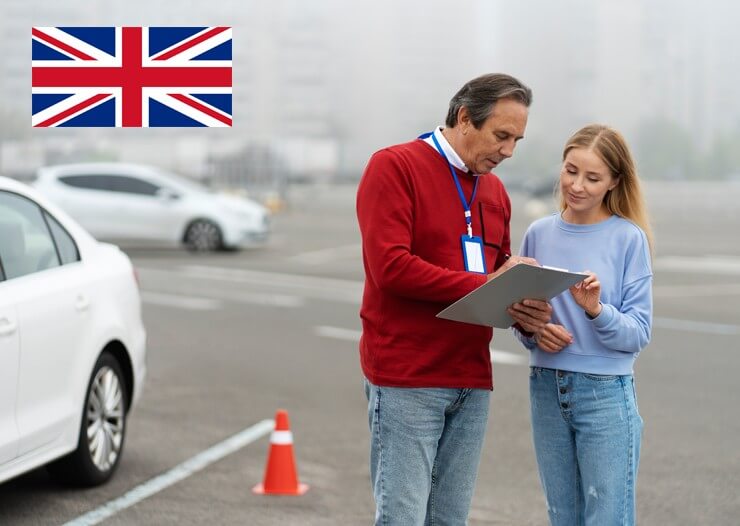practical-drivingtestinuk

The UK Practical Driving Test: A Comprehensive Guide for Aspiring Drivers
The practical driving test in the United Kingdom is a key step toward obtaining a full driving license, assessing a learner driver’s ability to safely handle a vehicle on public roads. Conducted by the Driver and Vehicle Standards Agency (DVSA), this test ensures drivers meet the necessary standards for real-world driving. Here’s what candidates need to know about the process, components, and significance of the UK practical driving test.
Booking the Practical Driving Test
Before taking the practical test, candidates must pass the theory test, which evaluates their understanding of road rules, traffic signs, and safe driving principles. Once they’ve passed, they can book the practical test through the official DVSA website or by contacting the DVSA. The booking system allows them to choose a convenient test center and date.
Key Components of the Practical Driving Test
Eyesight Check
- The test begins with a quick eyesight check, where candidates must read a license plate from a set distance. Failing this check results in an automatic test failure.
Vehicle Safety Questions
- Candidates are asked “show me, tell me” questions related to car maintenance and safety. These questions assess their knowledge of essential car functions, like checking tire pressure or showing how to operate the lights.
Driving Skills Assessment
- The primary part of the test involves driving on public roads. Candidates must demonstrate their skills in different situations, such as handling junctions, roundabouts, understanding road signs, and managing speed effectively.
Independent Driving
- For around 20 minutes, candidates must drive independently, either by following directions from a sat-nav or reading road signs. This segment tests their ability to make decisions on their own.
Reversing Maneuvers
- The examiner will request one of several maneuvers, such as parallel parking, bay parking, or pulling up on the right side of the road. These exercises test candidates’ control of the vehicle in tight spaces.
Evaluation and Faults
The DVSA examiner will note any mistakes or faults made during the test, which fall into two categories:
- Minor Faults: Small errors that don’t pose immediate danger. A few minor faults are allowed, but accumulating too many results in failure.
- Serious and Dangerous Faults: More significant errors that could endanger road safety. Making just one serious or dangerous fault leads to an automatic fail.
Test Results and Feedback
At the end of the test, the examiner will provide immediate feedback, explaining whether the candidate passed or failed. Successful candidates receive a driving test pass certificate, allowing them to apply for a full driving license. If unsuccessful, the examiner gives a debrief on areas that need improvement, helping candidates prepare for their next attempt.
Conclusion
The UK practical driving test is a thorough and essential step toward safe driving. By requiring candidates to demonstrate their skills across a range of driving situations, the test ensures that only qualified, responsible drivers earn a license. With adequate preparation and a strong commitment to road safety, aspiring drivers can approach the test confidently, working not only to pass but to become safe, lifelong drivers.